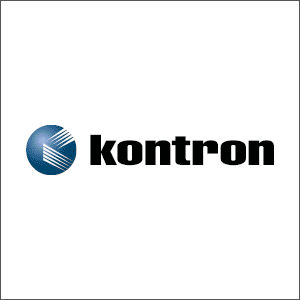Even as more satellites are launched and capacity is added to inflight connections, there are scant few vendors willing to claim they are catching up to consumer demand; in fact, none have suggested they’re able to do so yet. Until now. Speaking to RGN earlier this month, ViaSat EVP satellite systems & corporate development Keven Lippert sang a different tune. He believes that ViaSat is closing the gap, saying, “We believe we’re creating capacity faster than demand… [T]his satellite network will allow us to move up market.”
 That is a bold statement, one which builds on the demonstrated capacity delivered by ViaSat-1 and the expected boost ViaSat-2 will provide following its launch and entry-into-service in 2017. But ViaSat-3 is what Lippert describes as a “step change” from current platforms, a product that will see over one terabit per second of capacity operating on each of the three satellites in the constellation; launches are scheduled to begin at the end of the decade.
That is a bold statement, one which builds on the demonstrated capacity delivered by ViaSat-1 and the expected boost ViaSat-2 will provide following its launch and entry-into-service in 2017. But ViaSat-3 is what Lippert describes as a “step change” from current platforms, a product that will see over one terabit per second of capacity operating on each of the three satellites in the constellation; launches are scheduled to begin at the end of the decade.
The new satellites will also build on the partnership with Eutelsat that ViaSat announced last week. The partnership includes both wholesale and retail components and is significant for the future ViaSat-3 constellation; the orbit slot for the satellite covering Europe, Africa and Central Asia will come from Eutelsat’s portfolio, not ViaSat’s. Perhaps the new partnership will also see a jumpstart to the seemingly stalled deals ViaSat has reached in the European theatre, including service on Vueling and El Al aircraft (in 2014, Eutelsat and ViaSat agreed to stitch together regional Ka-band services to support inflight connectivity).
Detractors of ViaSat’s plan suggest that the bulk of the world fleet will either be connected, or accounted for by competitors, by the time ViaSat gets full global coverage. Though it doesn’t boast the capacity of ViaSat’s satellites, the Inmarsat Global Xpress constellation is in orbit now, and gearing up to support inflight connectivity on aircraft around the globe once requisite antenna hardware certifications are secured. Meanwhile, Ku-band connectivity providers – Panasonic, Global Eagle Entertainment and Gogo – are also adding tails to their backlog, with Gogo now boasting a backlog of over 800 aircraft for its 2Ku connectivity solution (up from 550 tails on 2 November 2015).
Responding to whether Inmarsat sees ViaSat as a credible threat, Leo Mondale, president aviation at Inmarsat, recently told RGN:
Talk is cheap and ViaSat-2 is still on the ground and probably going to be on ground for quite a bit longer. Why don’t we talk about that before we talk about ViaSat-3? They may be knocking out Guinness book records but these theoretical capacity numbers are really irrelevant…it’s a question of what can be brought to market, and in the case of ViaSat, it [currently] has limitations in local capacity…So around Chicago, JFK or Los Angeles, with three or four hundred aircraft using connectivity – which is not a problem they have right now – the amount they can allocate to aircraft at peak busy hours at the hub is nowhere near what they claim they can deliver to every passenger.
It remains to be seen if ViaSat’s case for ViaSat-3 is compelling enough for some airlines to hold off on equipping alternative connectivity solutions until the end of the decade. More details about ViaSat-3 and where Lippert sees the industry growing are available in this story in the RGN Premium section.










